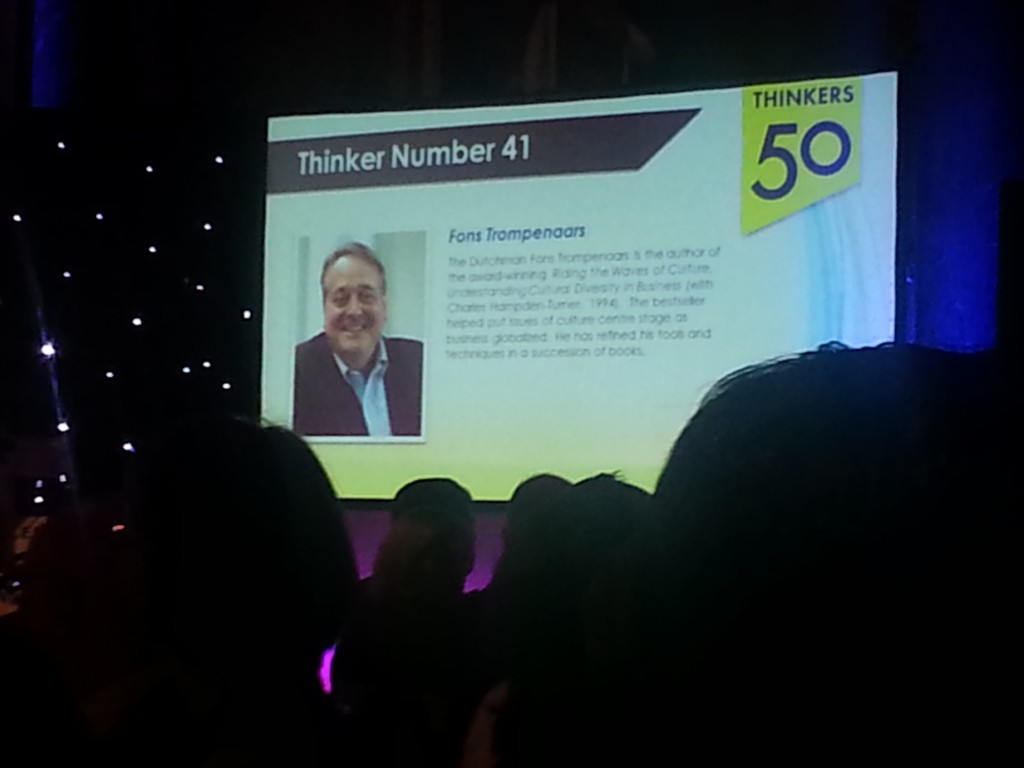100+ Management Models
Top 10 management models for your business: #1 The bottom of the pyramid
5 June 2014 by Infinite Ideas in 100+ Management Models, Business and finance
by Fons Trompenaars and Piet Hein Coebergh, co-authors of 100+ Management Models.
How can one create wealth by doing business with the 4 billion people at the bottom of the financial pyramid?

Essence
In economics, the bottom of the pyramid (BoP) is the largest, but poorest socio-economic group, comprising around 4 billion people who live on less than US$2.50 per day. Conventional logic holds that there is little business to be done with this ‘market segment’. Together with academics Stuart Hart and Allen Hammond, C.K. Prahalad turns this logic around by analyzing how the total buying power of this group could be stimulated, as long as there is access to vital resources such as money, telecommunications and energy.
The simple observation is that because there is much untapped purchasing power at the bottom of the pyramid, private companies can make significant profits by selling to the poor. Simultaneously, by selling to the poor, private companies can bring prosperity to the poor, and thus can help eradicate poverty. Prahalad suggests that large multinational companies (MNCs) should play the leading role in this process, and find both glory and fortune at the bottom of the pyramid. Prahalad suggests that there is much eagerness to do business in this sector – as long as traditional barriers can be modified.
How to use the model
To enable poor people to use their buying power, Prahalad suggests making use of the following twelve building blocks. Solutions must:
- be low priced
- merge old and new technology
- be scalable and transportable across countries, cultures and languages
- be eco-friendly
- put functionality above form
- be based on innovative processes
- use deskilled work
- educate customers
- work in hostile environments
- be flexible with interfaces
- be available for the highly dispersed rural market as well as highly dense urban markets
- be fit for rapid evolution
Results
The idea behind BoP has enjoyed global acceptance since its presentation in 2002. An earlier example of how doing business with the poor can pay off for all stakeholders is given by the success story of Bangladeshi banker, economist and Nobel Peace Prize recipient Muhammad Yunus, who developed the concepts of microcredit and microfinance, small loans given to entrepreneurs too poor to qualify for traditional bank loans. Other examples include the limited success of the Tata Nano car and the success of Hindustan Lever Ltd., one of Unilever’s largest subsidiaries.
Comments
Critics have claimed that the BoP proposition might be too good to be true. Karnani (2006) states that the BoP proposition ‘is, at best, a harmless illusion and potentially a dangerous delusion. The BoP argument is riddled with inaccuracies and fallacies.’ Other than the success of microcredit, there have not been many convincing examples of the fortune to be made at the bottom of the pyramid (Kay and Lewenstein, Harvard Business Review, April 2013).
Literature
Karnani, Aneel G. (2006) ‘Fortune at the Bottom of the Pyramid: A Mirage’, Ross School of Business Paper No. 1035, Available at Social Science Research Network.
London, T., Hart, S.L. (2011)Next Generation Business Strategies for the Base of the Pyramid: New Approaches for Building Mutual Values, Upper Saddle River, Pearson.
Prahalad, C.K. (2004) Fortune at the Bottom of the Pyramid: Eradicating Poverty through Profits. Philadelphia, Wharton School Publishing.
How to understand and apply the world’s most powerful business tools
20 January 2014 by Infinite Ideas in 100+ Management Models, Business and finance
Fons Trompenaars and Piet Hein Coebergh explain the eight dominant management trends that form the basis for their analysis of 100+ Management Models.
Fons Trompenaars ranked among the top fifty management thinkers worldwide
14 November 2013 by Admin in 100+ Management Models, Business and finance
Publisher Infinite Ideas is delighted that one of its best-selling authors, international management consultant Fons Trompenaars, has yet again proven himself one of the world’s most influential management thinkers by ranking among the top fifty business men and women to be selected for the excellence and originality of their work, including top-rated Harvard Business School innovation expert Clayton Christensen, two strategy professors boasting a record-breaking bestseller, and an unprecedented number of female thinkers.
Featuring in the 2011 and now also the 2013 Thinkers50 ranking (read: ‘Oscars of management thinking’), Fons claims that his enduring success may be a result of an ‘increasing need for knowledge of intercultural management’, and he’s probably right – cultural differences are becoming alarmingly apparent with the intensification of globalisation in twenty-first century business. And as foreign business escalates within corporations and SMEs alike, there is a growing demand for intelligent observations that will help managers to succeed fully in their chosen markets.
The Thinkers50 awards ceremony, taking place every two years and revered by the global business community, followed a day of discussions with some of the top business school leaders and high tea with 2011 ranked thinkers, with intimate discussions on topics such as innovation, capitalism, work and sustainability.
Fons is the co-author of Innovating in a global crisis, Servant leadership across cultures and The global M&A tango, all published by Infinite Ideas. In April 2014 Infinite Ideas will publish 100+ management models, in which Fons and his co-authors present an expert analysis of the most important models for tracking, measuring and forecasting business solutions.
- « Previous
- 1
- 2
- 3


